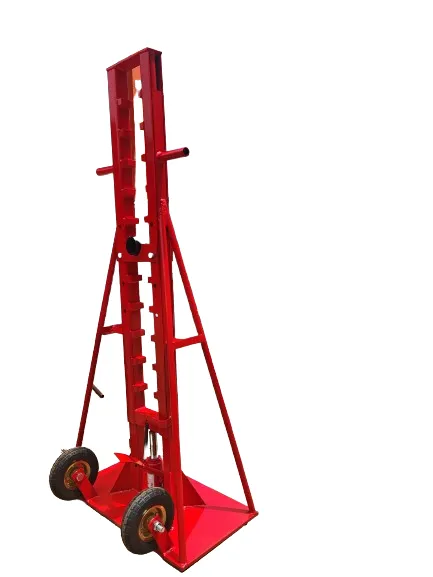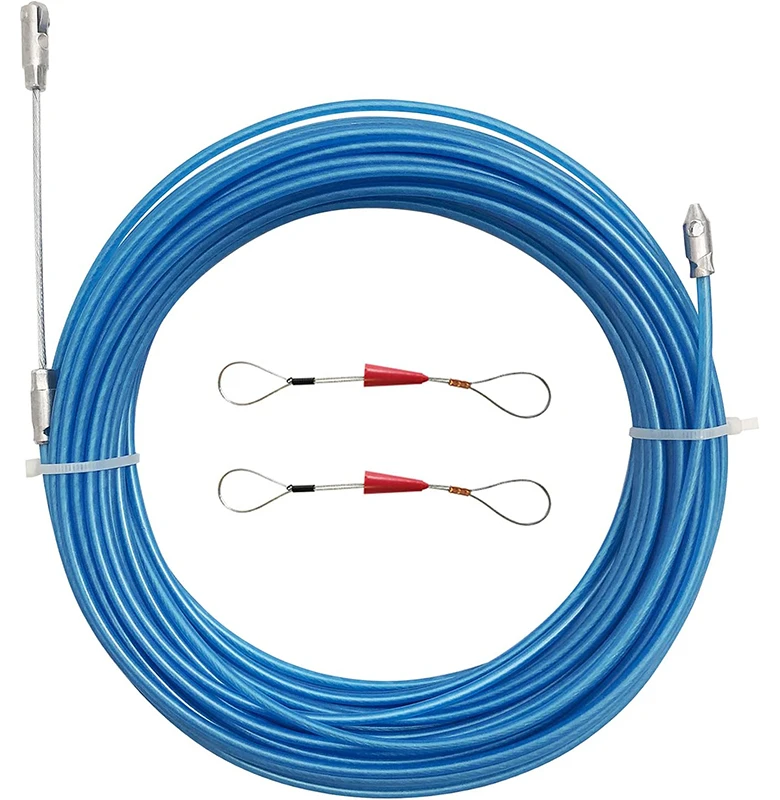
-
 Afrikaans
Afrikaans -
 Albanian
Albanian -
 Amharic
Amharic -
 Arabic
Arabic -
 Armenian
Armenian -
 Azerbaijani
Azerbaijani -
 Basque
Basque -
 Belarusian
Belarusian -
 Bengali
Bengali -
 Bosnian
Bosnian -
 Bulgarian
Bulgarian -
 Catalan
Catalan -
 Cebuano
Cebuano -
 Corsican
Corsican -
 Croatian
Croatian -
 Czech
Czech -
 Danish
Danish -
 Dutch
Dutch -
 English
English -
 Esperanto
Esperanto -
 Estonian
Estonian -
 Finnish
Finnish -
 French
French -
 Frisian
Frisian -
 Galician
Galician -
 Georgian
Georgian -
 German
German -
 Greek
Greek -
 Gujarati
Gujarati -
 Haitian Creole
Haitian Creole -
 hausa
hausa -
 hawaiian
hawaiian -
 Hebrew
Hebrew -
 Hindi
Hindi -
 Miao
Miao -
 Hungarian
Hungarian -
 Icelandic
Icelandic -
 igbo
igbo -
 Indonesian
Indonesian -
 irish
irish -
 Italian
Italian -
 Japanese
Japanese -
 Javanese
Javanese -
 Kannada
Kannada -
 kazakh
kazakh -
 Khmer
Khmer -
 Rwandese
Rwandese -
 Korean
Korean -
 Kurdish
Kurdish -
 Kyrgyz
Kyrgyz -
 Lao
Lao -
 Latin
Latin -
 Latvian
Latvian -
 Lithuanian
Lithuanian -
 Luxembourgish
Luxembourgish -
 Macedonian
Macedonian -
 Malgashi
Malgashi -
 Malay
Malay -
 Malayalam
Malayalam -
 Maltese
Maltese -
 Maori
Maori -
 Marathi
Marathi -
 Mongolian
Mongolian -
 Myanmar
Myanmar -
 Nepali
Nepali -
 Norwegian
Norwegian -
 Norwegian
Norwegian -
 Occitan
Occitan -
 Pashto
Pashto -
 Persian
Persian -
 Polish
Polish -
 Portuguese
Portuguese -
 Punjabi
Punjabi -
 Romanian
Romanian -
 Russian
Russian -
 Samoan
Samoan -
 Scottish Gaelic
Scottish Gaelic -
 Serbian
Serbian -
 Sesotho
Sesotho -
 Shona
Shona -
 Sindhi
Sindhi -
 Sinhala
Sinhala -
 Slovak
Slovak -
 Slovenian
Slovenian -
 Somali
Somali -
 Spanish
Spanish -
 Sundanese
Sundanese -
 Swahili
Swahili -
 Swedish
Swedish -
 Tagalog
Tagalog -
 Tajik
Tajik -
 Tamil
Tamil -
 Tatar
Tatar -
 Telugu
Telugu -
 Thai
Thai -
 Turkish
Turkish -
 Turkmen
Turkmen -
 Ukrainian
Ukrainian -
 Urdu
Urdu -
 Uighur
Uighur -
 Uzbek
Uzbek -
 Vietnamese
Vietnamese -
 Welsh
Welsh -
 Bantu
Bantu -
 Yiddish
Yiddish -
 Yoruba
Yoruba -
 Zulu
Zulu


TEL:
0086-311-88862036
Փտր . 10, 2025 09:36 Back to list
types of shackles for rigging
Understanding the nuances of shackles used in rigging is crucial for ensuring safety and efficiency in industrial settings. Rigging projects, whether in construction or shipping, demand the right tools, and shackles are among the most essential components. Here, we delve into the types of shackles typically utilized in rigging, providing expert insights into their applications, benefits, and considerations for use.
3. Twist Shackles Twist shackles are a specialized type where the body twists to align the pin holes perpendicularly. This unique feature is vital for systems requiring alignment adjustment without altering the rigging layout. They are commonly found in applications where a chain or a rope needs to transition at a particular angle yet remain securely connected to a fixture point. Real-world scenarios validate that twist shackles are indispensable when working with systems that demand complex load management without compromising on safety. For all shackle types, material and construction quality are paramount. The majority are constructed from robust materials such as stainless steel or galvanized steel to withstand harsh environmental conditions and prevent corrosion. Expert recommendations emphasize regular inspection and maintenance of rigging shackles to ensure their longevity and reliability. Signs of wear, deformation, or corrosion are clear indicators for immediate replacement. Reliability in rigging isn’t just about choosing the right shackle type but also about understanding the load limits. Overloading is a common risk that can lead to catastrophic failure. Thus, having a firm grasp on the Working Load Limit (WLL) of each shackle and ensuring that all rigging equipment complies with industry standards underlines a rigging setup’s credibility and safety. In conclusion, the expert comprehension of shackle types is fundamental in the rigging industry, impacting efficiency and safety. Whether selecting anchor shackles for their flexibility, chain shackles for line stability, or twist shackles for unique alignment issues, the choice drives the project’s success. Ensuring the right choice is made not only involves understanding the types but also maintaining a rigorous inspection regimen. Professionals equipped with this knowledge can navigate the complexities of rigging tasks with authority, ensuring both safety and performance are upheld in every operation.


3. Twist Shackles Twist shackles are a specialized type where the body twists to align the pin holes perpendicularly. This unique feature is vital for systems requiring alignment adjustment without altering the rigging layout. They are commonly found in applications where a chain or a rope needs to transition at a particular angle yet remain securely connected to a fixture point. Real-world scenarios validate that twist shackles are indispensable when working with systems that demand complex load management without compromising on safety. For all shackle types, material and construction quality are paramount. The majority are constructed from robust materials such as stainless steel or galvanized steel to withstand harsh environmental conditions and prevent corrosion. Expert recommendations emphasize regular inspection and maintenance of rigging shackles to ensure their longevity and reliability. Signs of wear, deformation, or corrosion are clear indicators for immediate replacement. Reliability in rigging isn’t just about choosing the right shackle type but also about understanding the load limits. Overloading is a common risk that can lead to catastrophic failure. Thus, having a firm grasp on the Working Load Limit (WLL) of each shackle and ensuring that all rigging equipment complies with industry standards underlines a rigging setup’s credibility and safety. In conclusion, the expert comprehension of shackle types is fundamental in the rigging industry, impacting efficiency and safety. Whether selecting anchor shackles for their flexibility, chain shackles for line stability, or twist shackles for unique alignment issues, the choice drives the project’s success. Ensuring the right choice is made not only involves understanding the types but also maintaining a rigorous inspection regimen. Professionals equipped with this knowledge can navigate the complexities of rigging tasks with authority, ensuring both safety and performance are upheld in every operation.
Next:
Latest news
What Are Construction Tools and How Are They Used?
NewsJul.11,2025
Professional-Grade Duct Rodding Tools for Superior Cable Installation
NewsJul.11,2025
Enhancing Safety and Efficiency with Modern Hot Stick Solutions
NewsJul.11,2025
Empowering Cable Installation with Advanced Rodder Solutions
NewsJul.11,2025
Elevate Your Cable Installation Projects with Cable Pulling Tools
NewsJul.11,2025
Efficient Cable Handling Solutions: Cable Rollers for Sale
NewsJul.11,2025
Copyright © 2025 Shijiazhuang Bilo Import and Export Trading Co., Ltd. All Rights Reserved. Sitemap | Privacy Policy

BlLo lmport & Éxport is specialized in power and cable equipment andconsiruction tools,Qur main producis are FRP
duct rodder, cable rollerscable pulling winch, cable drum jack, cable pulling sock, etc.
Copyright © 2025 Shijiazhuang Bilo Import and Export Trading Co., Ltd. All Rights Reserved. Sitemap | Privacy Policy










